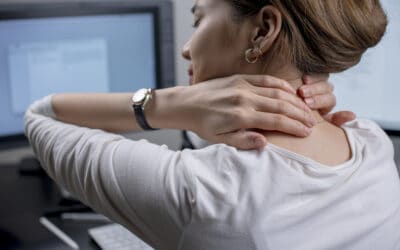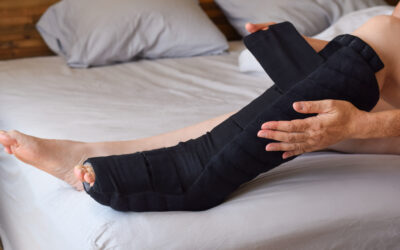Lower back pain is a common problem that affects millions of people around the world. It can be caused by a variety of factors, including poor posture, muscle strain, and spinal disc problems. Physical therapy is a highly effective treatment option for lower back pain, and it can help patients to reduce pain, increase flexibility, and improve overall function. In this blog post, we will discuss what to expect at physical therapy for lower back pain.
Initial Evaluation
The first step in physical therapy for lower back pain is an initial evaluation. During this evaluation, your physical therapist will ask you questions about your medical history, your pain symptoms, and your daily activities. They will also perform a physical examination to assess your range of motion, strength, and flexibility. Based on this evaluation, your physical therapist will create a personalized treatment plan that is tailored to your specific needs.
Pain Management
One of the primary goals of physical therapy for lower back pain is pain management. Your physical therapist will use a variety of techniques to help reduce your pain, including manual therapy, hot/cold therapy, and electrical stimulation.
- Manual therapy involves hands-on techniques, such as massage and stretching, that help to reduce muscle tension and improve flexibility.
- Hot/cold therapy involves the application of heat or cold to the affected area, which can help to reduce pain and inflammation.
- Electrical stimulation involves the use of electrodes to deliver a mild electrical current to the affected area, which can help to reduce pain and promote healing.
Exercise Therapy
Exercise therapy is another important component of physical therapy for lower back pain. Your physical therapist will create an exercise program that is designed to improve your strength, flexibility, and overall function.
The exercises may include stretching, strength training, and aerobic exercise. Stretching exercises help to improve flexibility and reduce muscle tension. Strength training exercises help to improve muscle strength, which can help to support the spine and reduce the risk of future injuries. Aerobic exercise, such as walking or cycling, can help to improve cardiovascular health and promote overall wellness.
Education and Lifestyle Modification
Physical therapy for lower back pain also involves education and lifestyle modification. Your physical therapist will teach you techniques to improve your posture, which can help to reduce strain on the lower back. They may also provide advice on how to modify your daily activities to reduce the risk of future injuries. For example, they may recommend that you avoid lifting heavy objects or bending at the waist.
Progress Evaluation
As you progress through physical therapy, your physical therapist will evaluate your progress and adjust your treatment plan as necessary. They may use various tools, such as questionnaires or physical tests, to measure your progress. If you are not making progress, your physical therapist may modify your treatment plan to better suit your needs.
Home Exercise Program
In addition to in-office physical therapy, your physical therapist may also provide you with a home exercise program. This program will consist of exercises that you can do at home to continue your progress and maintain your strength and flexibility. Your physical therapist will provide you with detailed instructions on how to perform the exercises and how often to do them.
Long-Term Maintenance
Physical therapy for lower back pain is not a one-time fix. It is important to maintain your strength and flexibility over the long term to reduce the risk of future injuries. Your physical therapist can provide you with advice on how to maintain your progress and prevent future injuries. They may recommend that you continue to do certain exercises or modify your daily activities to reduce the risk of future injuries.
In conclusion, physical therapy is an effective treatment option for lower back pain. It involves a personalized treatment plan that includes pain management, exercise therapy, education, and lifestyle modification. Physical therapy can help to reduce pain, improve flexibility and strength, and promote overall wellness.
If you’re experiencing lower back pain, seeking physical therapy can be a game-changer in your recovery journey. Not only can it help to reduce pain and improve function, but it can also provide long-term benefits and prevent future injuries.
When it comes to finding a physical therapist, it’s important to find someone who has experience in treating lower back pain. You may also want to look for someone who is familiar with your specific condition, such as a herniated disc or spinal stenosis.
In addition, it’s essential to follow your physical therapist’s instructions and recommendations. This includes doing your exercises at home and modifying your daily activities to prevent future injuries. It’s also crucial to communicate openly with your physical therapist about your progress, concerns, and questions.



